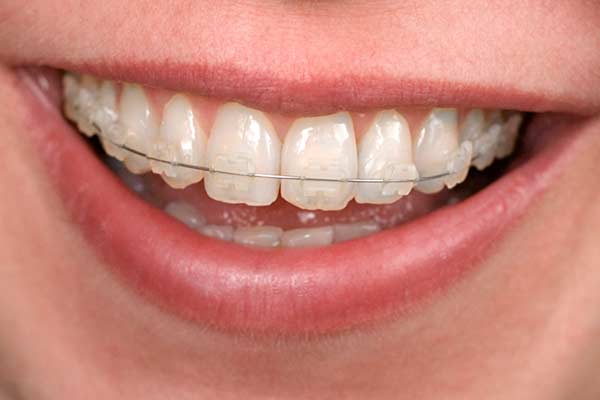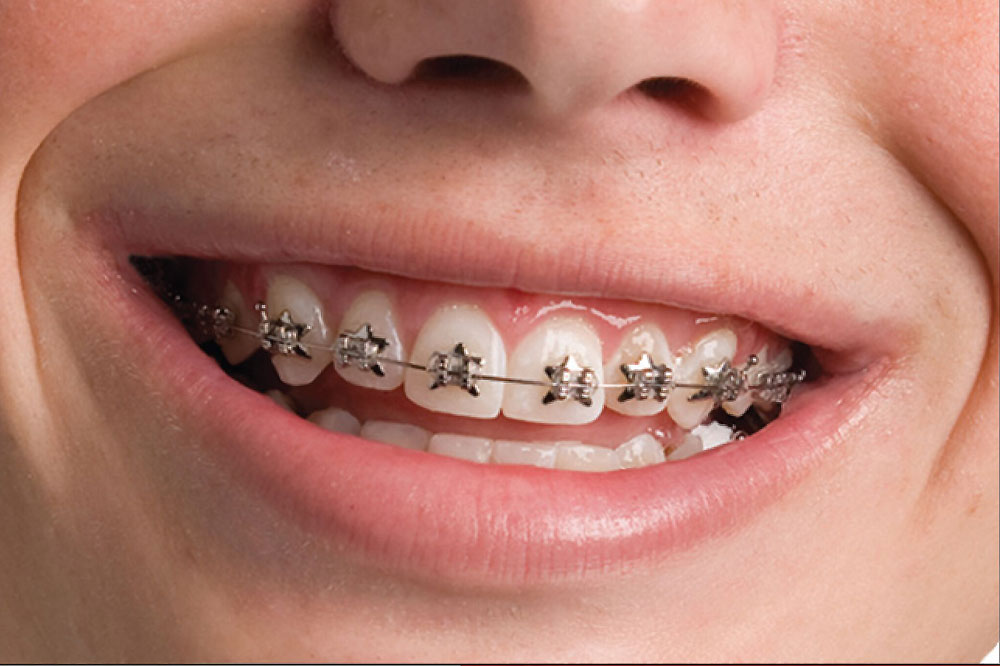What Sets Cumming Braces and Aligners Besides Various Other Orthodontic Treatments
Wiki Article
A Closer Take A Look At Different Orthodontics Procedures and Their Advantages in Dental Treatment
Orthodontic procedures play a critical duty in improving oral health and wellness and improving the general visual appeals of one's smile. From traditional braces to modern-day clear aligners, the field of orthodontics uses a series of treatment alternatives customized to meet individual needs. Each method includes its own set of advantages, attending to different placement problems and offering options that accommodate various choices and way of lives. Comprehending the nuances of these treatments and their particular benefits can equip people to make enlightened decisions about their oral wellness.
Typical Braces: Positioning Correction Technique
Using the reliable technique of typical dental braces, orthodontic experts efficiently appropriate imbalances of the teeth and jaw to bring back optimal oral health and function. Traditional dental braces are composed of metal brackets that are abided by the teeth and attached by wires and rubber bands (aligners). This system applies gentle stress to gradually shift the teeth into their appropriate placements over timeOne of the main advantages of traditional braces is their versatility in treating various oral problems, consisting of crowded teeth, spaces, overbites, crossbites, and underbites. By resolving these imbalances, braces not only improve the aesthetic appearance of the smile but also enhance on the whole oral wellness. Correctly lined up teeth are less complicated to clean, minimizing the risk of tooth cavities, gum tissue illness, and other dental issues.
While modern-day orthodontic developments use alternatives like clear aligners, standard braces stay a reliable and economical solution for intricate positioning concerns. Orthodontists meticulously customize treatment strategies to fit each patient's unique requirements, ensuring effective and efficient end results in achieving a straighter, healthier smile.

Invisalign: Clear Aligners for Discreet Treatment
While standard dental braces have long been a best technique for remedying dental imbalances, Invisalign clear aligners provide a very discreet choice for achieving straighter teeth and a healthier smile. Invisalign aligners are virtually unnoticeable, making them a prominent option for people who choose an even more cosmetically pleasing orthodontic treatment option.
These clear aligners are custom-made to fit comfortably over the teeth, gradually moving them right into the preferred setting. The treatment procedure entails using a series of aligners that are changed around every two weeks to stay up to date with the tooth movement.
Among the primary benefits of Invisalign is its removability, enabling clients to easily take out the aligners for flossing, eating, and cleaning. This feature promotes much better dental health contrasted to traditional braces, as there are no cords or braces to browse about throughout cleansing.
Additionally, Invisalign aligners normally call for less brows through to the orthodontist for adjustments, offering a more convenient treatment option for those with busy routines. Overall, Invisalign clear aligners offer a very discreet, comfortable, and effective way to attain a straighter smile.
Lingual Braces: Hidden Behind the Teeth
Lingual dental braces, positioned discreetly behind the teeth, supply an alternate orthodontic treatment approach for individuals looking for a less visible method to fix oral imbalances. Unlike standard braces that are positioned on the front of the teeth, lingual dental braces are personalized to fit the back surfaces of the teeth, making them virtually invisible to others. This facet makes lingual dental braces specifically attracting people who might feel cumming orthodontics awkward about putting on visible braces yet still wish to attain a straighter smile.One of the main advantages of lingual dental braces is their hidden nature, enabling patients to go through orthodontic therapy without drawing focus to their dental realignment procedure. Furthermore, linguistic braces are suitable for remedying various dental problems, consisting of overcrowding, spacing issues, and attack imbalances. While they may take a while to obtain used to because of their positioning, linguistic dental braces can efficiently straighten out teeth and improve generally oral health end results. Consulting with an orthodontist can aid determine if lingual dental braces are the right alternative for attaining desired oral placement goals.
Ceramic Dental Braces: Visual Solution for Positioning
These braces are crafted from tooth-colored or clear materials, making them less noticeable compared to traditional steel dental braces. By mixing in with the all-natural shade of your teeth, ceramic braces use an extra refined orthodontic therapy option.In addition to their aesthetic advantages, ceramic braces function in a similar way to steel dental braces in lining up the teeth and remedying issues such as overcrowding, voids, and imbalance. While ceramic dental braces are extra vulnerable than steel braces and might need somewhat longer therapy times, many individuals discover the trade-off worthwhile for the enhanced appearance during the orthodontic procedure.
Retainers: Upkeep of Treatment Results
Once dental braces are eliminated, the teeth have a tendency to change back to their original position. Retainers play a critical function in preventing this regression by holding the teeth in their new alignment.Detachable retainers are typically constructed from clear plastic and can be quickly gotten for cleansing. Clients are advised to use them for the suggested period, normally a minimum of 22 hours a day originally, gradually lowering the wear time as instructed by the orthodontist. On the various other hand, repaired retainers are composed of a thin cord bonded to the back of the teeth, giving a much more permanent service to keep alignment.

Conclusion
Traditional braces offer a trustworthy approach for dealing with misalignments, while Invisalign offers a discreet alternative with clear aligners. Lingual braces are hidden behind the teeth for a more unnoticeable treatment, and ceramic braces provide an aesthetic choice for positioning adjustment.Unlike standard braces that are put on the front of the teeth, lingual dental braces are personalized to fit the back surfaces of the teeth, making them virtually unnoticeable to others. These braces are crafted from tooth-colored or transparent products, making them much less obvious contrasted to standard metal braces.In enhancement to their aesthetic advantages, ceramic braces function similarly to steel dental braces in lining up the teeth and fixing concerns such as overcrowding, gaps, and misalignment. While ceramic braces are more fragile than metal braces and might require slightly longer treatment times, numerous clients locate the trade-off rewarding for the better appearance during the orthodontic process. Lingual braces are concealed behind the teeth for a more inconspicuous treatment, and ceramic braces supply an aesthetic option for placement modification.
Report this wiki page